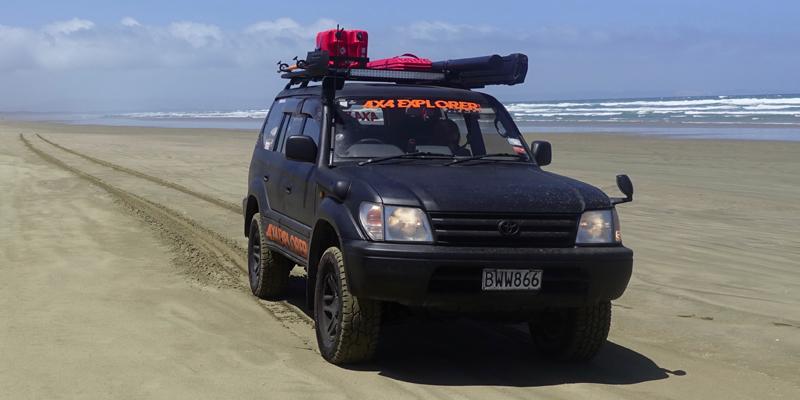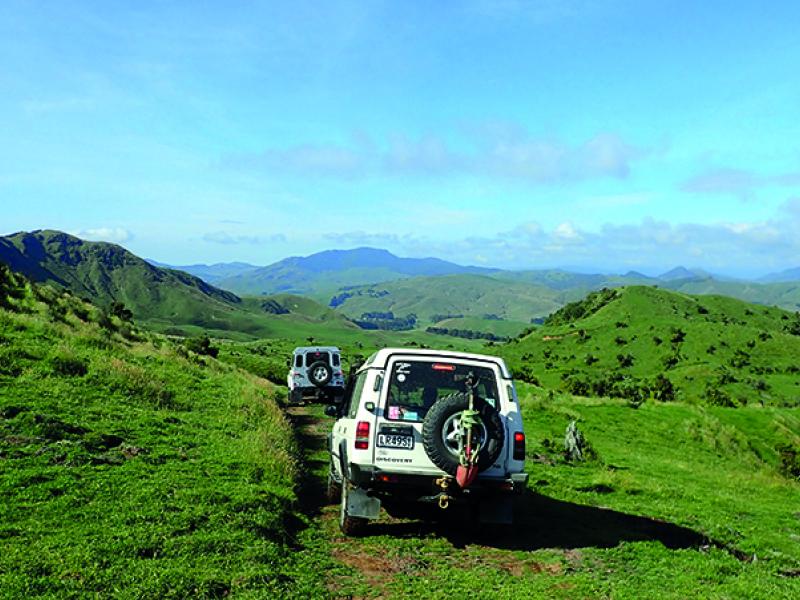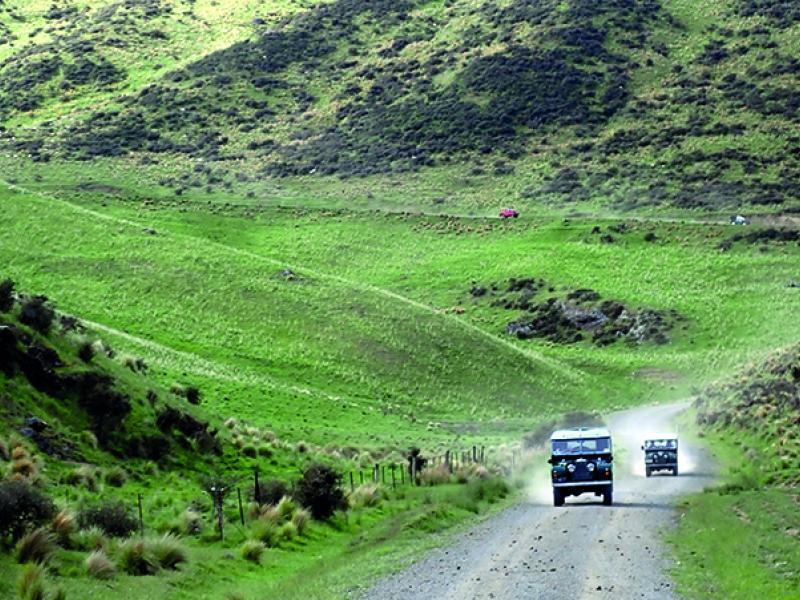By the time that you read this, we will be deep in the South Island Exploring and logging routes for 4x4Explorer. Like so many others, we decided to cash in in Auckland and start a new life in the South Island.
Before we left, however, we decided to tick a few things off the ‘Bucket list,’ one of them being a trip to the Far North, and the iconic 90 Mile Beach.
Having sold the house on the Friday, we headed north pretty much straight away, intending to stay at Kai Iwi Lakes and learn how to fly the drone I had just bought to take some great photos. The weather conspired against us, however, with a tropical storm battering the North Island.
We weathered the storm in Dargaville and then - on our way north - we caught up with Mike Lea from Union Car Spares in Whangarei. Mike knows this part of the country like the back of his hand and gave us a few pointers and reassured Andrea, my partner, that 90 Mile Beach would be an easy drive with nothing to worry about.
I had heard some things about quicksand going up Te Paki stream, but Mike assured us that the streambed was firm and wouldn’t present any major difficulties.
Next stop, Ahipara
We spent the night at the campsite in Ahipara about 400m from the access to the beach. I cannot recommend this campsite enough. We rented a cabin and used the communal BBQ and kitchen and the unlimited hot showers. A great vibe, with backpackers from all around the world, leading to lively conversation and a fun evening.
The following morning we drove to the beach and were delighted the sun was playing ball to allow some good photo opportunities. We ‘aired down’ the tyres and headed off up the famous beach.
Of course, even the most cursory of info searches will tell you that 90 Mile Beach is not actually 90 miles long. Not even close in fact, being more like around about 80km in length.
That said, as you drive up the beach, you lose all sense of distance as you look through the haze and the ‘mirages’ that appear with the heat off the sand.
Wild West
Being the West Coast, the swell was impressive and created a sense of wildness that only the West Coast can deliver.
People have said that shipwrecks uncover themselves from time to time after storms, although we didn’t see any. What we did see were many seals plus some beautiful wild horses towards the northern section.
We were also surprised by the number of trampers on the beach. It was a hot day and we saw many people walking as though they were crossing a desert. It’s a long drive and I certainly wouldn’t fancy walking it.
On the way up, there are various points where you can exit and head inland. We carried on because I wanted to drive Te Paki stream and end up at the impressive Te Paki dunes.
School run
Approaching the northern end of the beach, the dunes started to appear out of the haze and we found the entrance to Te Paki stream. It looked pretty straightforward so we fitted the GoPro and went for it.
As Mike had said, the streambed was firm and presented no difficulties. Arriving at the dunes, we were stuck behind a coach, driving the stream and dropping off school children.
We got some great footage of the stream on the GoPro, which I will have posted of Facebook by now.
We stopped for lunch at the car park beneath the dunes and then had a walk up the dunes to admire the view. The dunes are truly amazing and well worth the effort to explore.
The route had taken us about two hours from Ahipara to Te Paki, allowing for photo stops.
Road rules
When driving on the beach, always have your headlights on to avoid oncoming traffic. Also beware of other beach users, which includes trampers, horse riders and fishermen.
While it’s a good idea to ‘air down’ the sand is generally firm and presents no difficulties.
We actually saw a few two wheel drive cars on the beach, so don’t be afraid to attempt this on your own. If you do get stuck, there are lots of people around to help.
The best time to enter the beach is about four hours after high tide, which will provide you with a wide beach of firm sand and plenty of time. After you have completed the route, make sure that you thoroughly clean the underside of your truck as even the sand contains salt. Remember, rust never sleeps!
This route is logged as an Expedition Route on 4x4Explorer.co.nz along with over 800 other routes in the New Zealand.
Follow us on Facebook. 4x4Explorer
If you enjoyed reading this article and want to use your 4WD to get out there and 4X4Explore some amazing places, subscribe to 4x4Explorer on the link below. There is everything from scenic tarmac roads to remote High Country routes. Every route comes complete with downloadable GPX files, detailed route notes, grades and high quality photos.
Take the effort out of route planning, 4x4Explorer has done it all for you!!!!
https://www.4x4explorer.co.nz/?aff=2818
To read the full story in the February 2019 issue of NZ4WD go to Zinio.com (January 21) or purchase your own hard copy at the Adrenalin store.







